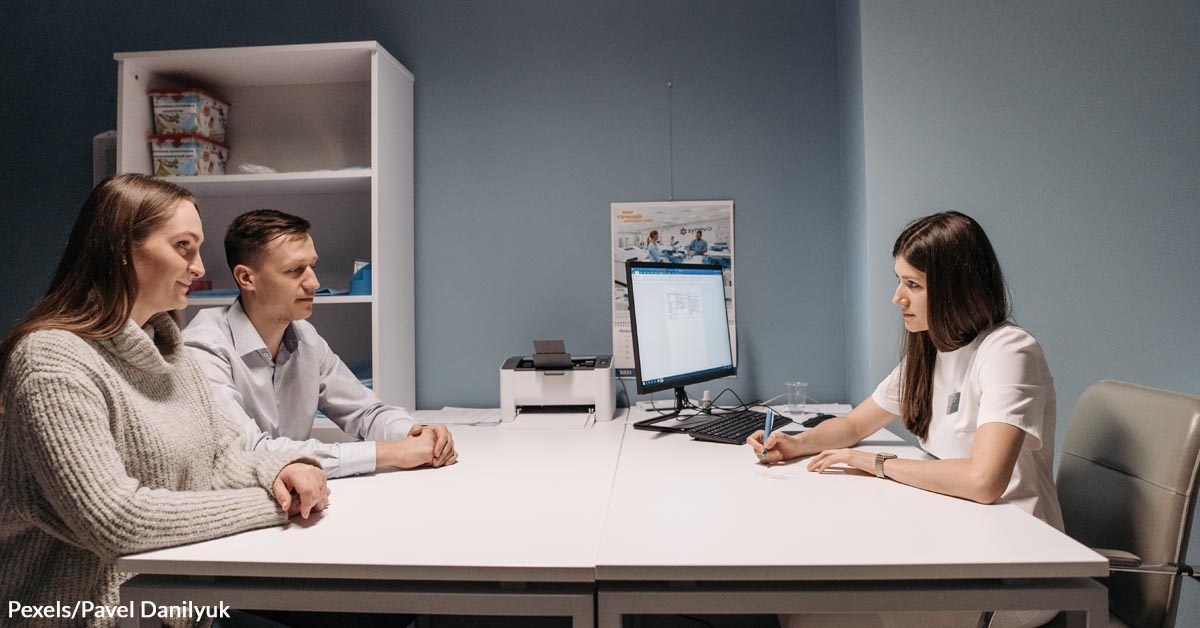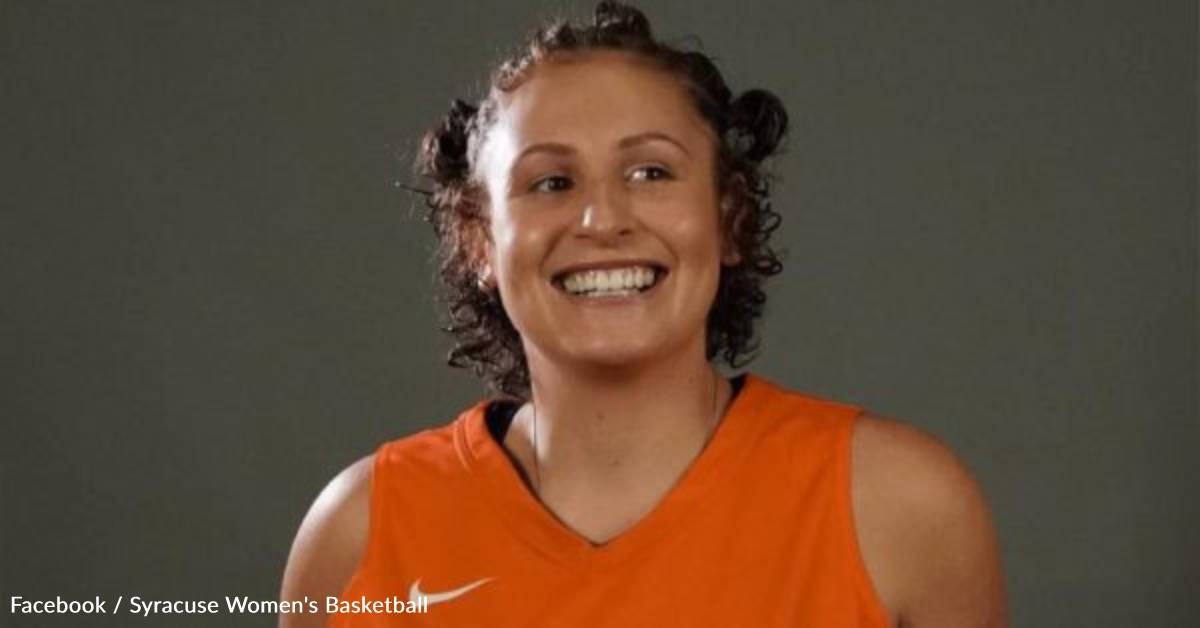Help Kids on the Autism Spectrum Every Day!
When you click, GreaterGood supports therapy and kids on the spectrum.
Shop to Give
Every Action Has An Impact
You help donate to People, Pets, and Planet with every item purchased.
@include(recstemplate)
Sign a Petition
Take Action by signing petitions on issues that matter.
Trivia to Give
Watch to Give

Help Provide Clean Water
Watch Now
@include(listrak-rightcolumn)








